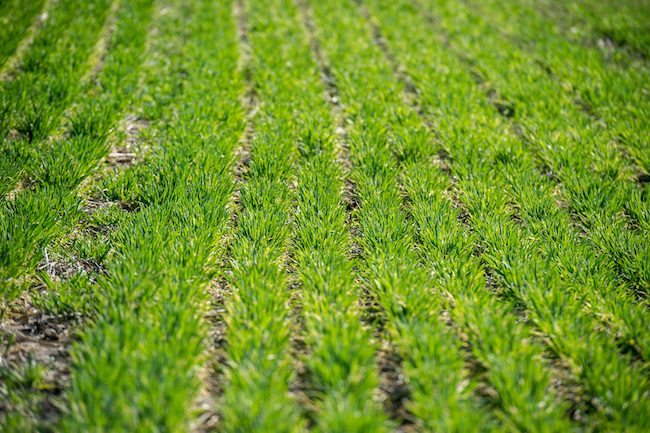Prior to the passage of the 2018 Farm Bill, the NRCS Cover Crop Termination Guidelines had to be followed, or a deviation had to be approved in advance, for insurance to attach to a crop planted in a management system that included cover crops.
However, cover crop adoption and regional availability of data on successful cover crop management have expanded significantly since the last Guidelines revision in 2014. You can download a copy of the new guidelines, issued in June, by clicking here.
For crops planted in the 2020 crop year and later, insurance will now attach at time of planting the insured crop and cover crop management practices will be reviewed under Risk Management Agency (RMA) rules for Good Farming Practice (GFP) determinations similar to other management decisions (e.g. fertilizer application, seeding rates, etc.)
Insurance attaches at planting as per the changes in the 2018 Farm Bill. In the event of a claim that is questioned by an Approved Insurance Provider (AIP) on the grounds of cover crop management, the AIP will complete research to adhere to procedure in order to make an initial GFP decision. For additional details regarding good farming practice determinations please see the RMA Good Farming Practice Handbook.
These Guidelines are not intended as a substitute for best locally adaptive management for cover crop termination timing that optimizes water use efficiency, erosion control, soil health improvement, weed and pest control, allelopathy, habitat for beneficial organisms, nutrient cycling, and water quality improvement.
 The Guidelines provide a pre-approved latest end date for termination from a water availability standpoint for USDA programs.
The Guidelines provide a pre-approved latest end date for termination from a water availability standpoint for USDA programs.
The Guidelines only apply to non-irrigated cropland, including systems that contain a fallow period. Cover crops in an irrigated cropping system should be terminated based on the crop system, water availability, and the conservation purpose, but before the planted crop emerges.





Post a comment
Report Abusive Comment